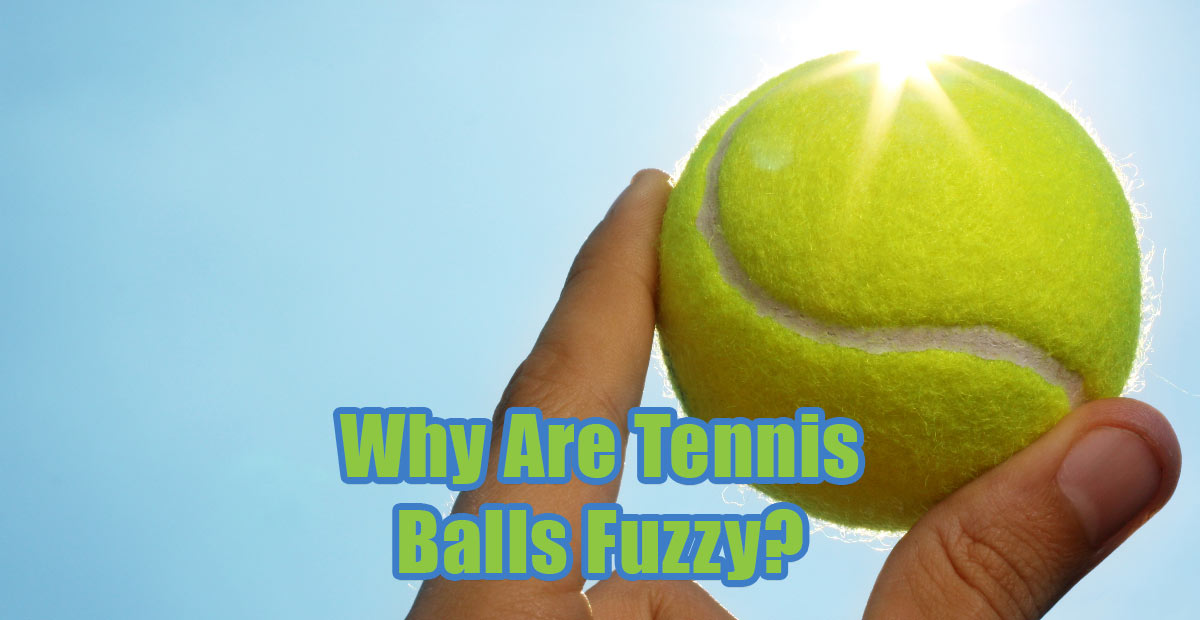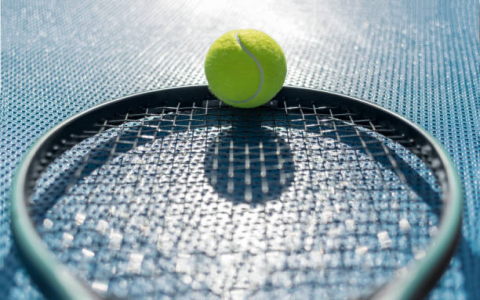So, the other day, I was watching a tennis match, and it got me thinking – why do tennis balls have that fuzzy stuff on them? I mean, it’s not like other balls have it. Basketballs, soccer balls, they’re all smooth. So, what’s the deal with tennis balls?
I did a little digging online, and what I found was pretty interesting. It turns out that the fuzz actually does have a purpose.

My Research Journey
First, I grabbed a regular tennis ball and a smooth rubber ball of roughly the same size. I wanted to see if I could feel any difference when throwing them. I took them out to my backyard and started throwing each ball against the wall, one after the other.
- I noticed that the tennis ball seemed to slow down a bit more in the air compared to the smooth ball.
- It also felt like the tennis ball had a bit more “grip” when I threw it, which made it easier to control the direction.
Then, I decided to drop each ball from the same height and see how they bounced.
- The tennis ball bounced, but not as high as the smooth rubber ball.
- Also, I observed that the tennis ball’s bounce was a little less predictable. It seemed to curve a little bit sometimes.
What I Found Out
After my little backyard experiment, I went back online and read some more. It seems like the fuzz, which is technically called “nap,” does a few things:
- Slows the ball down: The fuzz creates more drag, which means the ball moves through the air a bit slower. This makes the game more playable because it gives players more time to react.
- Affects the bounce: The fuzz makes the bounce a bit softer and less predictable. This adds an element of skill to the game.
- Helps with spin: Apparently, the fuzz helps players put more spin on the ball. I’m not a pro or anything, so I can’t really say I tested this, but that’s what the experts say!
So, there you have it. That fuzzy stuff on tennis balls isn’t just for show. It actually plays a big role in how the game is played. It’s kind of like a secret weapon that makes tennis, well, tennis! Who knew, right?











